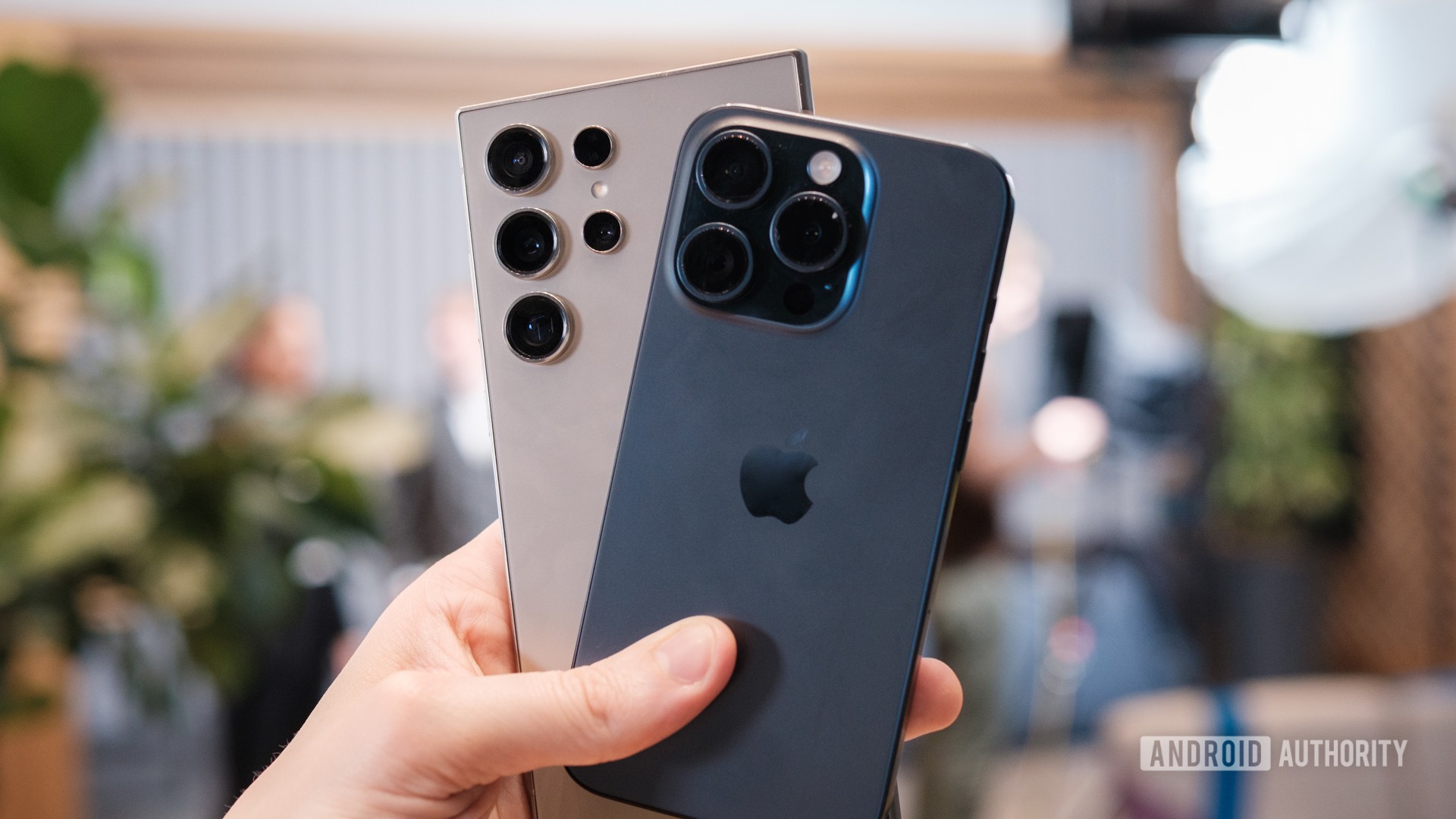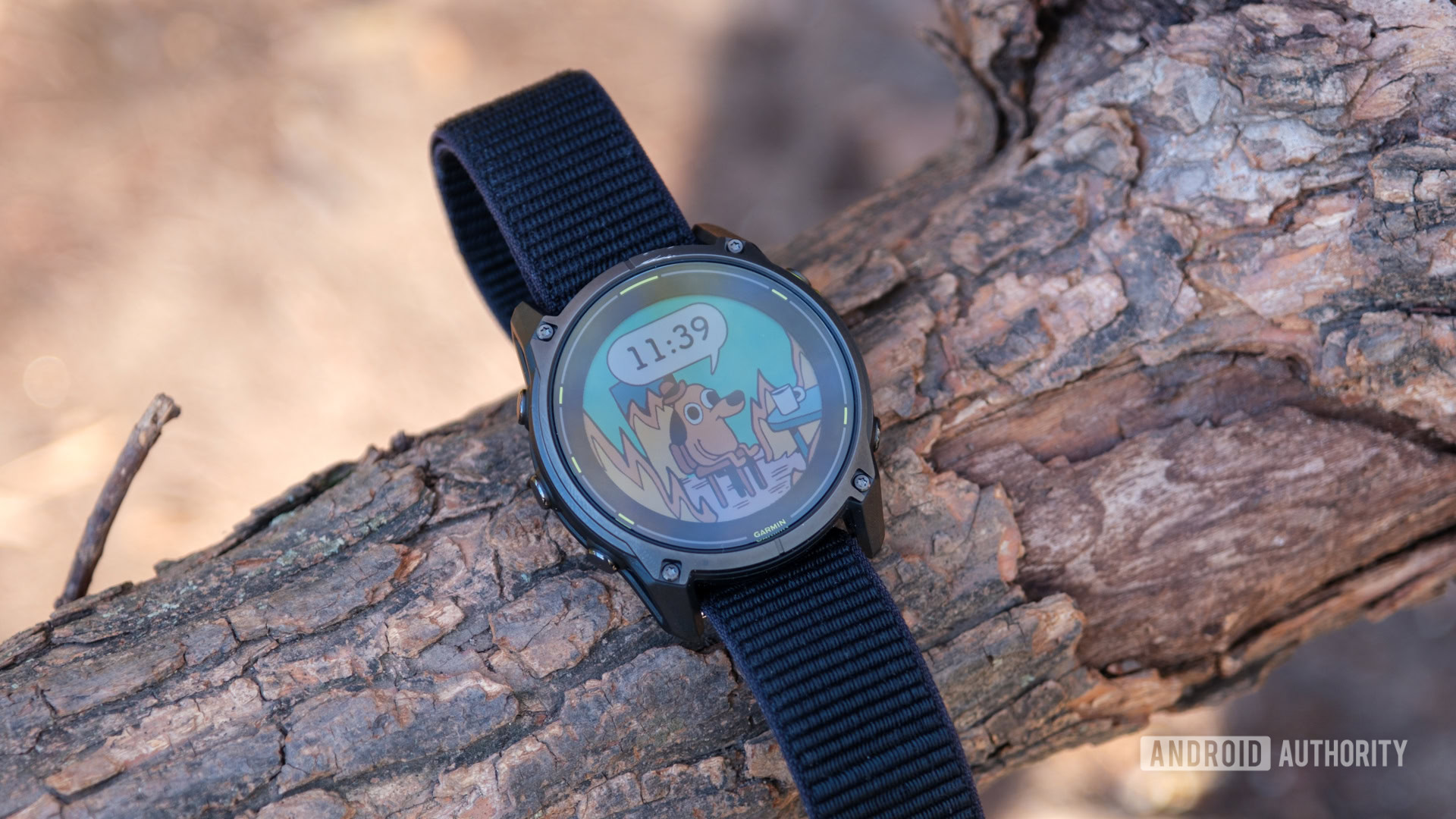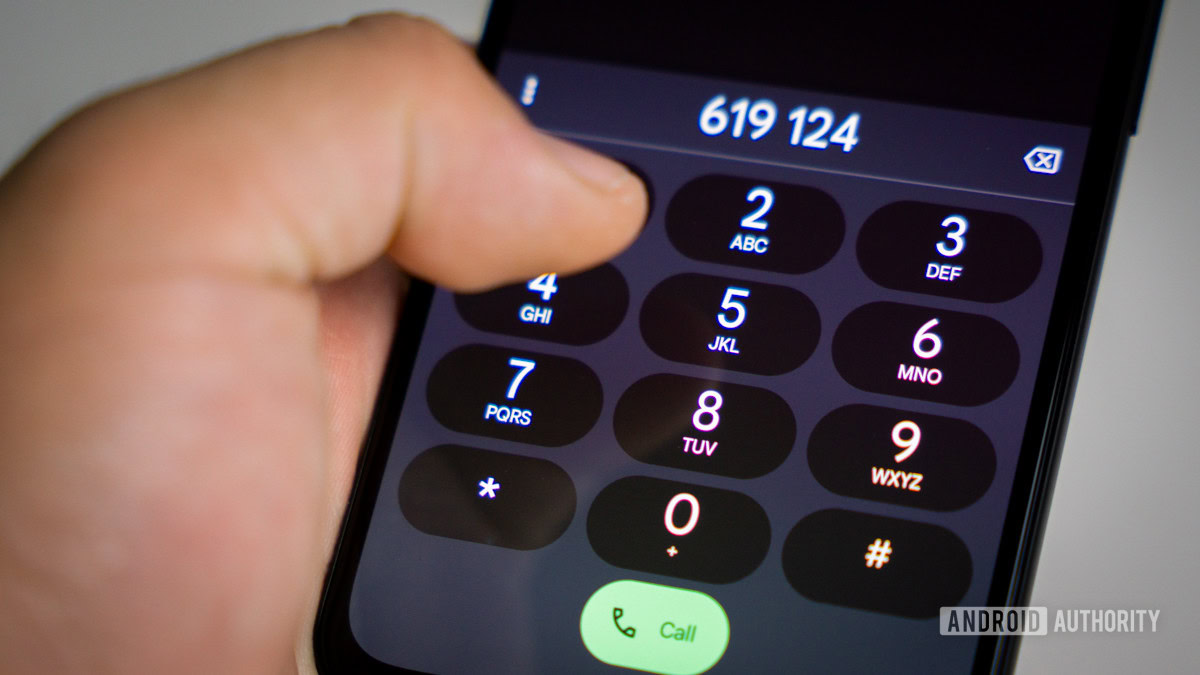
Robert Triggs / Android Authority
TL;DR
- A report suggests that one of the iPhone 17 models could feature a variable aperture system.
- Samsung previously experimented with variable aperture in the Galaxy S9 series.
- A variable aperture would allow users to control the depth of field, enabling better bokeh and sharper focus across a wider range of scenarios.
While the iPhone 16 series is shaping up to be an iterative upgrade, leaks and rumors about Apple’s 2025 iPhone lineup keep on getting more interesting. A recent report from The Information suggests that Apple may be planning to incorporate a variable aperture system into its iPhone models next year, bringing back a feature that Samsung first attempted with its Galaxy S9 series in 2018.
Variable aperture technology has been absent from smartphones, at least in the Western world, since Samsung’s early experiment. At that time, the small size of smartphone camera sensors made the feature less impactful. However, with the resurgence of this technology in 2023 among various Chinese flagship phones, it seems the industry is ready to embrace it once again.
The report claims that at least one iPhone 17 model will feature a mechanically controlled, variable aperture system. This development could be a direct response to the challenges faced by modern smartphone cameras with large sensors and wide apertures, which often struggle with depth of field and focus, especially in close-up or group shots.
Brands like Xiaomi and HUAWEI have addressed these issues by integrating variable apertures into their flagship models. The Xiaomi 14 Ultra, in particular, features a sizeable one-inch sensor with an adjustable aperture, allowing photographers to switch between wide apertures for bright, bokeh-filled shots and narrow apertures for increased depth of field and sharper focus across the frame.
Currently, iPhones rely on a combination of multiple lenses and machine-learning software to simulate bokeh adjustment in portrait mode. With a mechanically adjustable aperture, iPhone cameras could achieve a more natural bokeh effect even outside of portrait mode, and negate the side effects of a potentially bigger sensor size.
It remains unclear whether Apple’s implementation will involve a simple toggle between two or more preset apertures like Samsung did with the Galaxy S9 or a more advanced, step-less aperture adjustment similar to Xiaomi’s latest flagship.
While we’re too far away to know anything for certain as of now, the prospect of a variable aperture on more phone cameras is undoubtedly exciting. If Apple is doing it, it could very well spark a renewed interest in this technology, potentially leading to a domino effect where other manufacturers, including Samsung, re-evaluate their stance on variable aperture.
Got a tip? Talk to us! Email our staff at [email protected]. You can stay anonymous or get credit for the info, it's your choice.







 English (US) ·
English (US) ·